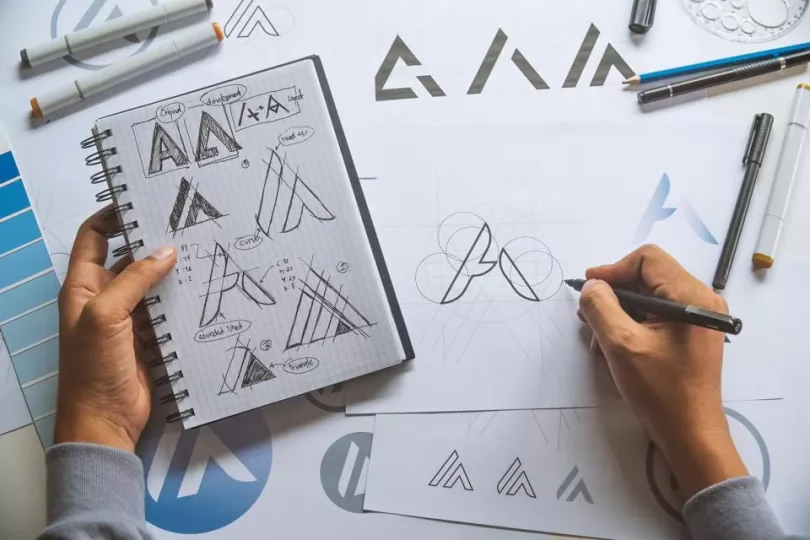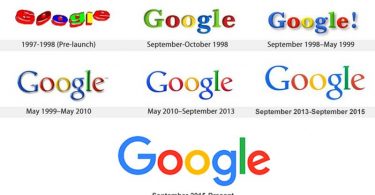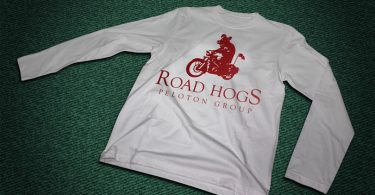What is a Logo Design?
A logo is a visual representation of your company’s identity. It can be used in many ways: on business cards, letterhead, websites, and social media profiles.
A logo design is the process of creating a visual identity by combining text and images into one cohesive unit. A good logo should be simple enough to be recognized at first glance but still, convey the brand’s message clearly to viewers who have never seen it before.
Choosing a Logo Design
Now that you have a good idea of what your logo should look like, it’s time to start designing. The first step is choosing the right typeface and color palette.
The first thing to do when creating your logo is to analyze who your target audience is and what they want from their brand experience with you. This will help guide the design process as well as inform any decisions made later on in the process, such as choosing fonts or colors that align with their preferences. For example, if most of your customers are millennials who grew up playing video games on their phones (like me), then using rounded corners might be more appropriate than sharp ones because it feels familiar and comfortable for them.
Creating Your Logo Design
- Selecting a design style
- Brainstorming ideas
- Crafting the design
Designing Your Logo
Designing a logo is not as simple as it seems. You have to consider several factors, including color and font choice. The right colors can make your logo stand out from the crowd while the wrong ones can make it blend in with all the other logos out there.
In addition to choosing the right colors, you need to make sure that your font choice works well with them too. It’s best if you stick with one or two fonts for consistency purposes but don’t be afraid of trying something new! If there are any words included in your design (like “logo” or “brand”), then make sure they’re easy to read and legible at any size without being too big or small either way–this will help maximize visibility when printed on different materials such as T-shirts or business cards.
Finalizing Your Logo Design
Once you have a design that you’re happy with, it’s time to make sure it works for everyone else.
- Test the logo design in different places. A logo can look great on its own but not so great when placed next to other elements or colors. Try testing your logo in various locations on your website or marketing materials before finalizing anything!
- Make necessary adjustments based on feedback from others (or yourself). If someone points out something about your logo that doesn’t quite work for them, don’t be afraid to make changes–you want people who see your brand being represented by this image will enjoy seeing it every day!
Using Your Logo Design
After you’ve designed your logo, it’s time to use it. Here are some ways you can incorporate your new branding into the rest of your business:
- Print it on business cards and other promotional materials
- Use the logo on social media posts, websites, and marketing material
Protecting Your Logo Design
Once you’ve created a logo and have it ready for use, there are some steps to take to protect the design.
- Registering the logo with the U.S. Copyright Office is one way of protecting your work from being copied by others. It also allows you to sue someone who uses it without permission if they’re making money off of it (like selling t-shirts).
- Preventing misuse is another way of protecting your brand identity. If someone else tries to use your logo without permission, it can be difficult and expensive for them if they don’t have access to all of the resources that come with being an established company like yours; so make sure that everyone knows how much time went into creating this unique image!
Benefits of Having an Effective Logo Design
An effective logo design can do a lot for your business. It will enhance brand recognition, differentiate you from competitors, and establish trust with potential customers.
Tips for Making an Effective Logo Design
- Keep it simple. A logo should be easily recognizable and easy to read, even at a small size. If your design is too complicated or cluttered, people won’t be able to tell what your company does just by looking at it–and that’s not good!
- Make it timeless. Your logo should look great in five years as well as today, so don’t go overboard with trendy fonts or colors that might date quickly (like neon green).
- Ensure it’s versatile enough for all kinds of uses: websites, social media profiles, and banners/headers on emails are just some examples where you’ll want to use your logo consistently across different platforms–and if there are any changes needed down the road (such as adding new colors), then those updates should be easy enough for anyone working with these assets
Subscribe to our Newsletter!



